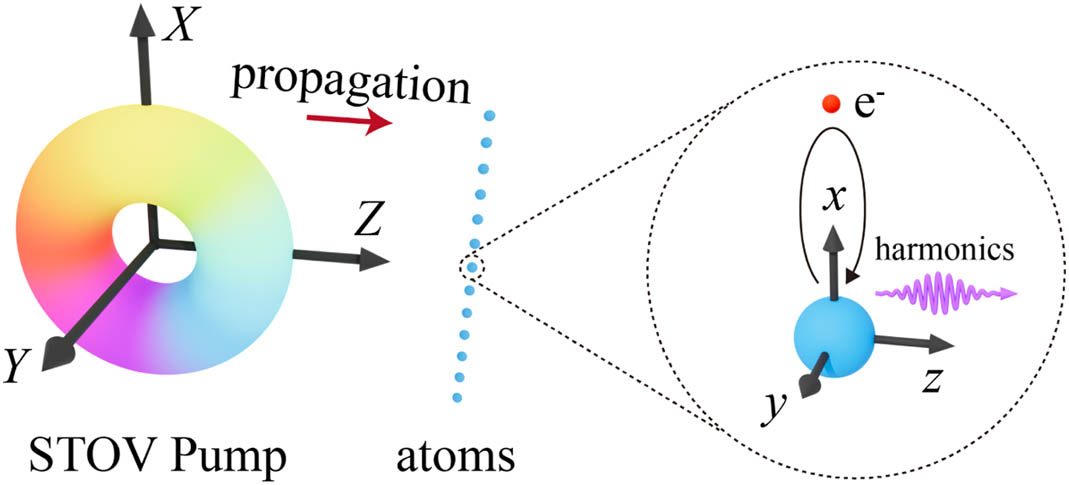Jiahao Dong, Liang Xu, Yiqi Fang, Hongcheng Ni, Feng He, Songlin Zhuang, Yi Liu, "Scheme for generation of spatiotemporal optical vortex attosecond pulse trains," Photonics Res. 12, 2409 (2024)
Search by keywords or author
- Photonics Research
- Vol. 12, Issue 10, 2409 (2024)
Abstract

Set citation alerts for the article
Please enter your email address



